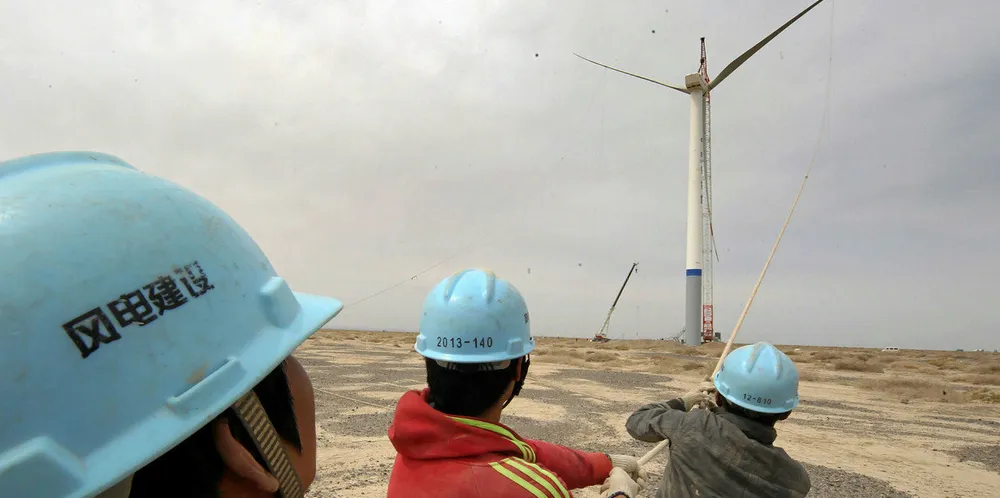'Colossal task': China's $5trn investment bill to hit carbon-neutral goal
Massive spending and 5TW of wind, solar and storage needed for 2060 ambition, says Wood Mackenzie

Massive spending and 5TW of wind, solar and storage needed for 2060 ambition, says Wood Mackenzie
